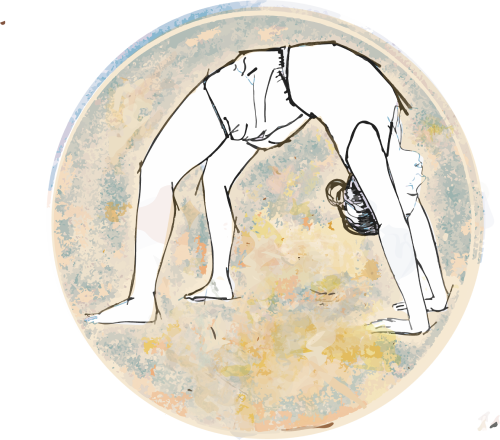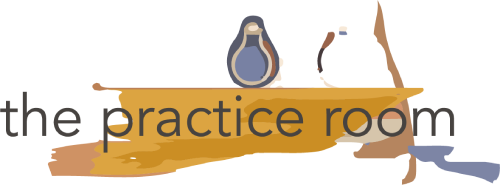You will find below, a set of videos to deal with the times of Covid.
These videos are suitable for newcomers with not much experience of yoga. The positions in these videos are meant to be held restfully for longer durations ( 2-5 minutes or even longer depending upon capacity). The use of supports/props makes possible long holds in supported positions. Household object may easily be brought together as support/ props. If you are a newcomer, some of these positions may be difficult to execute, or to understand. If this happens, skip to the next position, and repeat a few time to gain familiarity and comfort with the positions.
These positions ( and the sequence in which they have been listed) have been adapted and fine tuned by some of our most Senior teachers in the last one year (you will find a couple of references at the bottom of this section). All of them are based on the system of yoga developed by Yogacarya BKS Iyengar. Positions such as these have long been used in Iyengar Yoga as therapy for patients with respiratory ailments.
————————————————————-
The role of asanas in dealing with the respiratory symptoms associated with Covid (excerpted from ‘Iyengar Yoga for the Respiratory System’ by Lois Steinberg, Ph.D., CIYT Advanced 2, C-IAYT | Director, Iyengar Yoga Champaign-Urbana
The following sequence maintains a healthy respiratory system. It may also be practiced when the respiratory system is compromised due, for example, to the Covid-19 virus. If the symptoms are severe, practitioners should avoid the poses indicated. The order of the poses is not written in stone and can be varied and/or the sequence can be truncated.
———————————————————
“In advanced cases, Covid-19 settles in the upper and then the lower respiratory system and mucus builds up in the lungs. If you are experiencing a cough and mucus buildup, pranayama is contraindicated. It should be avoided until the mucus dries up and you have recovered. The asana practice presented here may aide in drying up the mucus and augment recovery.
When breathing is compromised, it is important to include prone poses, that are face down, and not limit the sequence to supine postures. In the supine poses, even though it may feel good at first, the chest may collapse after a little time and breathing can be compromised. As you will see in the sequence, the supine poses have extra focus on lifting the back chest up into the body to maximize the opening of the chest, from back to front, so the chest does not cave in. By contrast, in prone positions there is greater freedom for the intercostal muscles of the back wall of the chest to enable better “back breathing” and to facilitate improved breathing, in general. Both positions are essential to enhance respiratory function.
These points are supported by a recent observational study of individuals with acute Covid-19 disease. Patients who were not placed in a prone position exhibited “persistent poor recruitability” of lung tissue essential to respiration. Conversely, the study concluded that “alternating body position between supine and prone positioning” resulted in “high recruitability” of essential lung tissue and better overall respiration.1
….
In all the poses, relax the breath and let it be normal. If the breath is not reaching very well to the places described, a slightly deeper inhalation can be attempted, but not continu- ous deep breathing. Let the breath be relaxed and normal.
Practice according to your capacity. Long term, capable practitioners should hold the pose for the longer suggested time.
…
In times of stress, the sympathetic system is dominant, and the “flight or fight” response is triggered. If stress is chronic, the circulatory, lymphatic, respiratory, and other bodily systems become imbalanced, are weakened, and health is compromised. With yoga practice, the parasympathetic system, the relaxation response, becomes dominant. This is the gateway to health. This sequence helps promote the dominance of the parasympathetic system.


